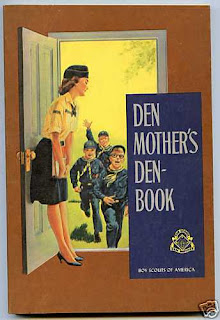Expunging Hymnals from the Church: A Sign of Apostasy
Over the past 60 years, I have increasingly become annoyed
to see Protestant worship services become shallow and tepid, and I think a
big reason for this is that the hymnals have been taken out of their racks. Don’t get me wrong. I actually like the worship songs, mostly—unless
they strike me as whiny, or as Christian “jingles”, or they are used as 7/11
songs: seven verses sung eleven times. And
the choir directors, musicians, and singers are fine people, and earnest
Christians. I don’t expect every music director
to be as outstanding as Tobin Davis of Shadow Mountain Community Church (El Cajon, CA). I can be well satisfied with moderately good
selection of music, moderately well played.
But I think the music of the worship service is very important. As Halley’s Handbook says it, there are two
purposes for Christian worship services: expositional Bible teaching and
congregational singing. All that is
required for congregational singing is a pianist (or organist) and hymnals. That is why it grieves me to see them removed
and sold, or simply given away. It is unnecessary,
and I believe it needlessly hobbles the spiritual growth of our young Christians.
One of the most memorable, educational, and enjoyable things
about attending church as a child was learning to use the hymnal. Four or five times during each service, my
four brothers, little sister and I had to lift these heavy books out of their
racks and open them up. We sometimes
read responsively from the Apostle’s Creed or Lord’s Prayer, but most often
sang the old hymns as Mrs. Bowen played the organ. In time, we learned to sing in parts (tenor,
bass, alto, or melody). What
congregations sing in parts today?
It bothers me a great deal that my grandchildren have never
even heard the hymns I sang every week. They have never been exposed to the rich
theology in the hymns of Calvin, Luther, or the patriarchs of the church. These great men and women wrote songs to sing
when grateful, as well as when troubled by persecution, sickness, the outbreak
of war or famine. In opening the hymnal,
I became a living part of the tradition and the heritage of a remarkable two
thousand-year-old institution—the organized Church. Over the years, I was exposed to lots of
different hymnals (Methodist, Catholic, Presbyterian, Quaker, Baptist, others).
The hymns in the hymnal were generally arranged by topic, including Christian
Hope, the Holy Spirit, Judgment to Come, the Christian Home, and even Times of
War. There was something about singing “A
Mighty Fortress is Our God”, “Alas! And did my Savior Bleed”, and “God of Grace
and God of Glory” that was both edifying and strengthening. These old hymns infused deep reserves in my
soul. I only wish I had taken them more
seriously at the time: it would have made me a sturdier and steadier
Christian. I miss those old hymns! When in recent years I have found myself with
foreign missionaries during an evening worship service, or I visit an otherwise
dead denomination which has nevertheless chosen to sing from the old hymnal, I
admit it: tears flow. The popular guitar
and drum “worship songs” no doubt have their place. But I cannot help but declare that we have taken
away much by removing our hymnals. I think it is
a bad choice for churches to make: an unforced error, and maybe even a sign of Apostasy. It reminds me of the falling away of God's people in the days of Noah.
G.M. Horning




Comments
Post a Comment